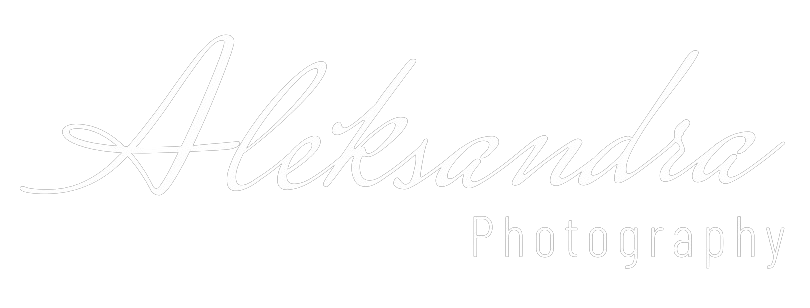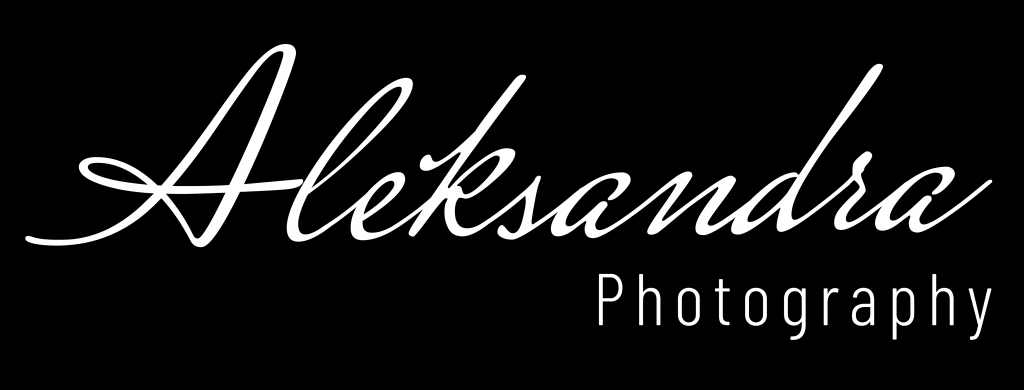The Evolution of Maternity Photography: Trends Through the Years
Maternity photography is a powerful form of visual storytelling that has evolved dramatically over the decades. Over the years, it has mirrored the shifting cultural perceptions surrounding motherhood, transforming from secretive and subdued to bold and expressive. This blog traces the historical evolution of maternity photography, accentuating how each period has left its indelible mark on this unique form of artistic expression.

The Early Stages: From Humble Beginnings
Historically, pregnancy was considered a private affair, with maternity photographs taken sparingly and kept in family albums. In the early 20th century, these photographs were often formal and heavily posed, reflecting the societal norms of modesty and discretion that prevailed at the time.
Historically, pregnancy was considered a private affair, with maternity photographs taken sparingly and kept in family albums. In the early 20th century, these photographs were often formal and heavily posed, reflecting the societal norms of modesty and discretion that prevailed at the time.
The 1970s: A Shift Towards Openness
The cultural revolutions of the 1970s, including the women’s liberation movement, began to shift the narrative around pregnancy and motherhood. Maternity photography started to emerge more publicly during this era, though it was still relatively understated. The images from this period began to hint at a growing acceptance and celebration of the pregnant form, but they remained conservative in their portrayal.
The cultural revolutions of the 1970s, including the women’s liberation movement, began to shift the narrative around pregnancy and motherhood. Maternity photography started to emerge more publicly during this era, though it was still relatively understated. The images from this period began to hint at a growing acceptance and celebration of the pregnant form, but they remained conservative in their portrayal.
The 1990s: Embracing The Female Body in All Its Glory
The 1990s marked a significant turning point in maternity photography, largely influenced by Demi Moore’s ground-breaking and controversial Vanity Fair cover in 1991. This bold display of the pregnant body as something beautiful and proud set the stage for a new era in maternity photography. It encouraged a wave of artistic and liberated maternity photoshoots that highlighted the natural beauty and strength of expectant mothers.
The 1990s marked a significant turning point in maternity photography, largely influenced by Demi Moore’s ground-breaking and controversial Vanity Fair cover in 1991. This bold display of the pregnant body as something beautiful and proud set the stage for a new era in maternity photography. It encouraged a wave of artistic and liberated maternity photoshoots that highlighted the natural beauty and strength of expectant mothers.
The Digital Age: Innovation in Technology
With the rise of digital cameras and social media in the new millennium, maternity photography has become more accessible and personalised. Expectant parents began experimenting with various styles, settings, and concepts. From whimsical and serene to bold and urban, the range of themes expanded dramatically. Social media platforms allowed for sharing these personal moments more widely, influencing others and setting new trends rapidly.
With the rise of digital cameras and social media in the new millennium, maternity photography has become more accessible and personalised. Expectant parents began experimenting with various styles, settings, and concepts. From whimsical and serene to bold and urban, the range of themes expanded dramatically. Social media platforms allowed for sharing these personal moments more widely, influencing others and setting new trends rapidly.
Today: Diversity and Creating Compelling Narratives
Today, maternity photography is characterised by its diversity and depth. Photographers and parents alike focus on storytelling, capturing not just the beauty of pregnancy but also the emotional and personal journey of expectant mothers. There is also a growing inclusivity in maternity photography, representing various family dynamics, body types, and cultural backgrounds. This shift mirrors a broader societal movement towards embracing diversity and authenticity.
Today, maternity photography is characterised by its diversity and depth. Photographers and parents alike focus on storytelling, capturing not just the beauty of pregnancy but also the emotional and personal journey of expectant mothers. There is also a growing inclusivity in maternity photography, representing various family dynamics, body types, and cultural backgrounds. This shift mirrors a broader societal movement towards embracing diversity and authenticity.
The Future: Expanding Horizons
Looking ahead the field of maternity photography is poised for further innovation with advances in technology such as augmented reality and more sophisticated photo editing tools. These technologies offer new ways to capture and immortalise the maternity experience. Additionally, the trend towards more narrative-driven, inclusive, and creatively diverse maternity photography will likely continue, enriching the way we view and celebrate the journey of motherhood.
In summary, maternity photography has transformed from a private and subdued record of pregnancy to a vibrant and inclusive art form. It has grown to not only document but also celebrate the journey of pregnancy with creativity and openness, reflecting broader cultural shifts towards a more open and accepting society.
Looking ahead the field of maternity photography is poised for further innovation with advances in technology such as augmented reality and more sophisticated photo editing tools. These technologies offer new ways to capture and immortalise the maternity experience. Additionally, the trend towards more narrative-driven, inclusive, and creatively diverse maternity photography will likely continue, enriching the way we view and celebrate the journey of motherhood.
In summary, maternity photography has transformed from a private and subdued record of pregnancy to a vibrant and inclusive art form. It has grown to not only document but also celebrate the journey of pregnancy with creativity and openness, reflecting broader cultural shifts towards a more open and accepting society.

